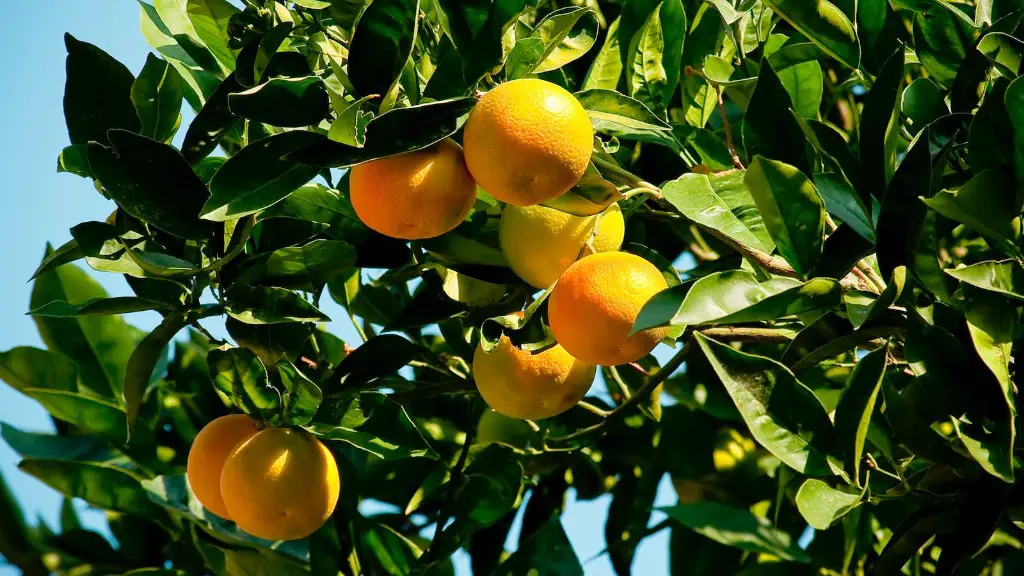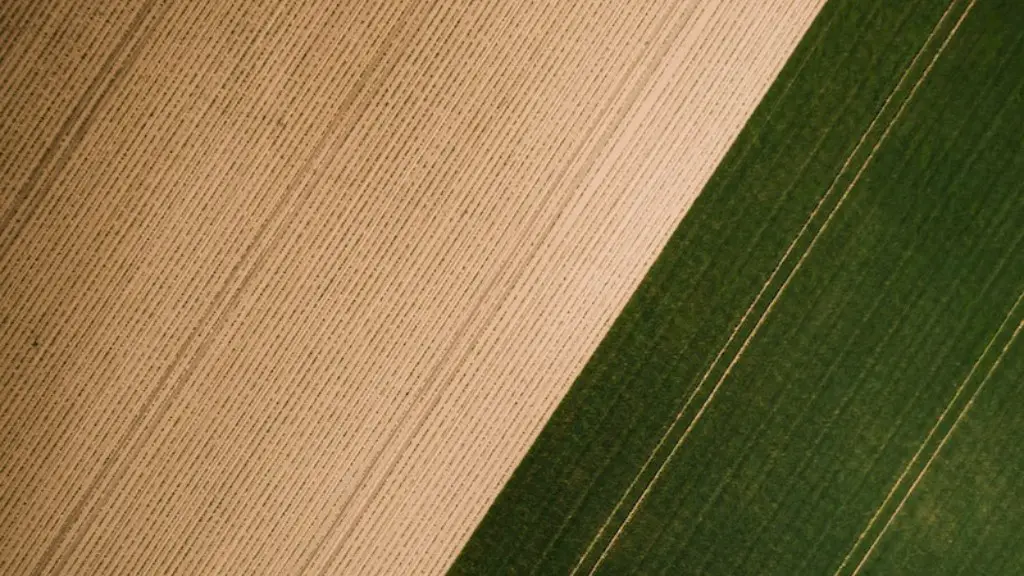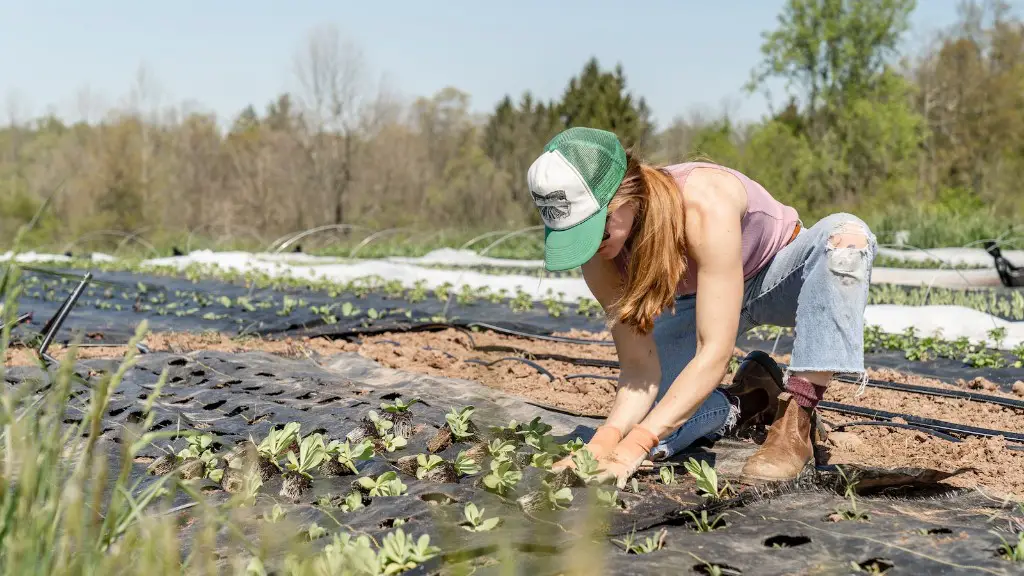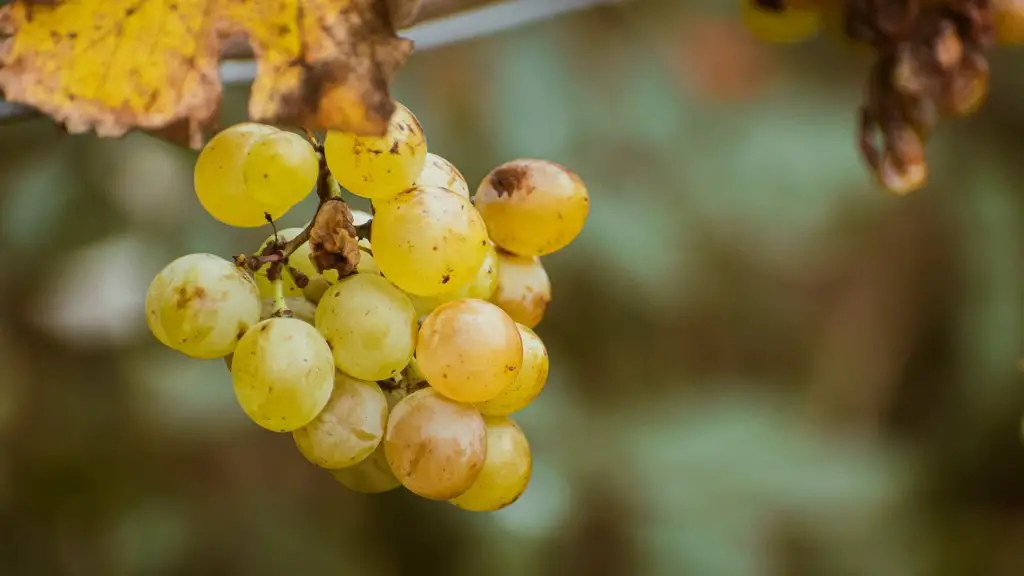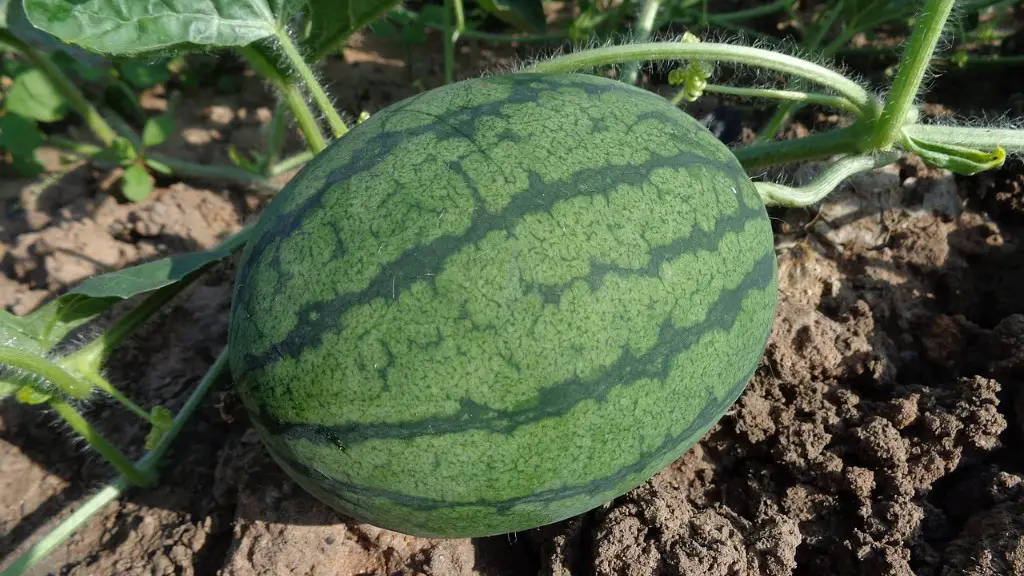Agriculture jobs play an integral role in society and encompass a wide variety of positions. People benefit from agriculture jobs in many ways, as they are often able to help people cultivate their own food, increase their incomes and build or maintain jobs. Agriculture jobs can range from farm management and timber harvesting to marketing and processing of agricultural products. Here are some of the most common agriculture jobs.
Farming is one of the most traditional agriculture jobs and involves growing food, such as carrots, oats, wheat, and other vegetables. This job requires an understanding of the land, knowledge of plants and animals, and a willingness to care for and manage large areas of land. Those interested in farming can specialize in specific crops, dairy, animal husbandry, aquaculture, and/or beekeeping.
Agricultural engineers are responsible for designing, building, and maintaining machines and equipment used in the agricultural industry. This job requires an understanding of engineering principles, as well as knowledge of different types of machines and equipment. Additionally, agricultural engineers must have good problem solving skills and the ability to work with teams and lead projects.
Food scientists and technologists are responsible for researching new food products and their nutritional values. This job requires an understanding of some food science principles, as well as an ability to develop and conduct research. Additionally, they must be able to use data analysis to inform their work.
Agricultural product sales professionals are responsible for selling agricultural products such as grain, livestock feed, and pesticides. This job requires an understanding of the product, as well as excellent customer service skills. Additionally, agricultural product sales professionals must have excellent knowledge of the industry, as well as knowledge of different marketing strategies.
Agricultural advisors provide advice on different aspects of farming, such as crop rotation, soil management, irrigation techniques, and animal husbandry. This job requires an understanding of agriculture and the ability to communicate effectively with farmers. Additionally, agricultural advisors must have a good knowledge of different types of crops, soil and climate conditions, and local regulations.
Agricultural extension agents provide advice to farmers on topics such as crop management, land use, and pest control. This job requires an understanding of the principles of agriculture, knowledge of local regulations, and excellent problem solving skills. Additionally, agricultural extension agents must have the ability to communicate effectively with farmers and other stakeholders.
Farming Techniques and Strategies
Farming techniques and strategies refer to the methods and techniques used by farmers to improve crop yields and control pests. This can include using different tools for ploughing and tilling the land, using crop rotation techniques to optimize nutrient uptake, using irrigation methods to ensure the efficient use of water, and using different strategies to control pests and diseases. Additionally, farmers must use strategies to ensure the safety of their livestock, safely manage their land, and use best practices when harvesting their crops.
The best farming techniques and strategies will depend on the type of crop, the region, and the resources and skills that the farmer has access to. Additionally, farmers must also be familiar with local regulations and policies, as these may affect their ability to use particular farming techniques. Additionally, farmers should stay up-to-date with the latest advancements in agriculture to ensure they are taking advantage of the latest technologies and techniques.
Organic farming is one of the most popular farming techniques, as it does not use any chemicals or synthetic fertilizers that can be damaging to the environment. Additionally, organic farming practices also strive to conserve natural resources, protect biodiversity, and promote animal welfare. Another popular farming technique is the use of cover crops, which provides farmers with an effective and sustainable way to fertilize the soil and further improve crop yields. Additionally, cover crops can help farmers reduce soil erosion, suppress weeds, and improve water conservation.
No-till farming is another popular farming technique, in which the land is not tilled and left as it is. This technique reduces soil disturbance, which helps to maintain soil structure and health. Additionally, no-till farming helps to reduce erosion and improve water infiltration, which can help farmers better manage their irrigation needs and reduce water usage. Additionally, this farming technique can increase soil fertility and reduce the need for chemical fertilizers.
Agroforestry is another popular farming technique, in which trees and agricultural crops are cultivated together. This technique has many benefits, including providing additional shade, reducing soil erosion, and providing habitats to beneficial insects and birds. Additionally, agroforestry practices can also help farmers reduce their reliance on chemical inputs and fertilizers, as the trees and other crops can provide nitrogen and other essential nutrients for the soil.
Animal Husbandry
Animal husbandry is the practice of raising animals for various purposes, including food, clothing, and other products. This practice requires an understanding of the needs of the different animals types, as well as the skills needed to care for them in a safe and healthy environment. Additionally, animal husbandry practices also require knowledge of different animal diseases and solutions for preventing them.
Animal husbandry includes a variety of techniques, from housing and feeding, to providing veterinary care and management practices. Animals must also be kept healthy, and farmers must follow best practices in order to prevent disease and ensure the safety of the animals. Additionally, animal husbandry practices also must take into account the different needs of different types of animals, such as their diet, housing, and the activities that they can engage in.
There are many ways to practice animal husbandry, from natural methods that emphasize pasture grazing and open herd practices, to more intensive forms of animal husbandry that use feedlots and confinement systems. Additionally, sustainable animal husbandry practices emphasize the humane treatment of animals and the responsible use of resources. Sustainable animal husbandry practices include grass-based farming and pasture-based production, as well as humane stocking and management practices.
Animals are an integral part of agriculture and husbandry practices have been around since the beginning of civilization. Animal husbandry can be an important source of food, fiber, and income, and it can also help to reduce greenhouse gas emissions by substituting animal-based products for products that are derived from fossil fuels. Additionally, animal husbandry practices can also help to preserve biodiversity, as some animal species are only found in regions that are actively managed by farmers.
Animal husbandry requires knowledge and skills and it is important that farmers strive to improve their skills and knowledge. Additionally, farmers must also abide by local regulations and best practices in order to ensure the health and safety of their animals. Additionally, farmers must keep up-to-date with the latest advances in animal husbandry practice to take advantage of the latest techniques and technologies.
Agricultural Processing and Manufacturing
Agricultural processing and manufacturing is the procedure of transforming raw agricultural materials into products that are ready for consumption. This process involves many different steps, including cleaning, sorting, grinding, fermentation, and packaging. Additionally, each step can require different levels of technology and expertise.
Cleaning is an important step in agricultural processing and manufacturing, as it helps to remove unwanted items, such as dirt and pesticide residues. Additionally, cleaning can help to reduce the presence of bacteria, mold, and other microorganisms. Additionally, sorting is an important step, as it helps to separate the material according to color, size, and shape.
Grinding is a process that reduces the size of the raw material and helps to improve its consistency. Additionally, fermentation is a process that helps to improve the flavor and texture of certain food products. This process can also help to preserve the food, as well as improve its nutritional value. Additionally, packaging is also an important step in agricultural processing and manufacturing, as it helps to keep the product fresh and prevent contamination.
Agricultural processing and manufacturing requires the use of different equipment and machines, such as conveyors, mixers, separators, and grinders. Additionally, the process also requires knowledge of different food handling procedures, such as proper sanitation and food safety protocols. Additionally, it is important to choose the right type of packaging that can protect the product from contaminants and helps to extend its shelf life.
Agricultural processing and manufacturing is an important part of the agricultural industry and it can help to improve the quality of the products and make them more appealing to consumers. Additionally, these processes can also help to reduce the cost of production and increase the profits of the farmers. Additionally, they can help to reduce food waste, as many products that would otherwise be discarded can be reused or recycled.
Agricultural Marketing
Agricultural marketing is the process of promoting, pricing, and distributing agricultural products to customers. This process involves many different activities, such as identifying customer needs and preferences, understanding market trends and conditions, designing promotional campaigns, and finding distribution channels. Additionally, agricultural marketing also requires knowledge of market research, pricing strategies, and promotion techniques.
Understanding customer needs and preferences is an important step in agricultural marketing. This involves identifying the target customer, understanding their needs and preferences, and determining the best way to satisfy their needs. Additionally, market research is an important step, as it can help to identify current market trends and conditions, as well as customer buying habits and preferences.
Agricultural marketing also involves designing promotional campaigns that can help to build brand awareness and increase sales. This requires knowledge of different marketing methods and techniques, such as digital marketing and advertising, as well as how to create effective campaigns. Additionally, it is also important to identify distribution channels that can help to reach customers and ensure the products are available at the right time and place.
Agricultural marketing also requires understanding of pricing strategies and the ability to set appropriate prices for the products. Additionally, it is important to be aware of different pricing strategies, such as cost-based pricing, demand-based pricing, and competitor-based pricing. Additionally, agricultural marketers must also understand the concept of supply and demand, as well as the economic factors that can affect prices.
Agricultural marketing is an important component of the agricultural industry, as it helps farmers to reach customers, increase brand awareness, and boost their profits. Additionally, farmers must also be aware of local regulations and policies, as well as international trends and conditions. Additionally, it is important for farmers to keep up-to-date with the latest advancements in agricultural marketing, as this can help them to stay competitive in the market and increase their profits.
Agriculture Technology
Agriculture technology, also known as AgTech, is the use of technological innovations to improve the efficiency, productivity, and sustainability of farming and agricultural practices. This can involve the use of various tools, such as automated watering systems, sensors, robots, and drones, as well as different software, such as data analysis and modeling tools. Additionally, AgTech also includes the use of different types of equipment, such as seeders, harvesters, and tractors.
Agriculture technology can help farmers to improve their yields, reduce their costs and increase their profits. Automated systems and robots can help to reduce the need for human labor, as well as to decrease the amount of time needed for certain tasks. Additionally, sensors can help to collect data about the soil, crops, and water, which can help to improve crop management and reduce water usage. Additionally, drones can be used for precision agriculture, allowing farmers to quickly identify areas of their fields that require extra attention.
Data analysis and modeling tools can also be used to improve the efficiency of agricultural processes, as they can help to identify correlations between different variables, such as the soil, crops, and weather. Additionally, these tools can also be used to optimize crop management and to predict the yield of different crops. Additionally, predictive analytics can be used to help farmers to understand future trends in the market and plan accordingly.
Agricultural technology also includes the use of mobile and web-based applications, which can provide farmers with easy access to information about their crops and farms. Additionally, this technology can help farmers to more easily collaborate with other stakeholders, such as suppliers and

